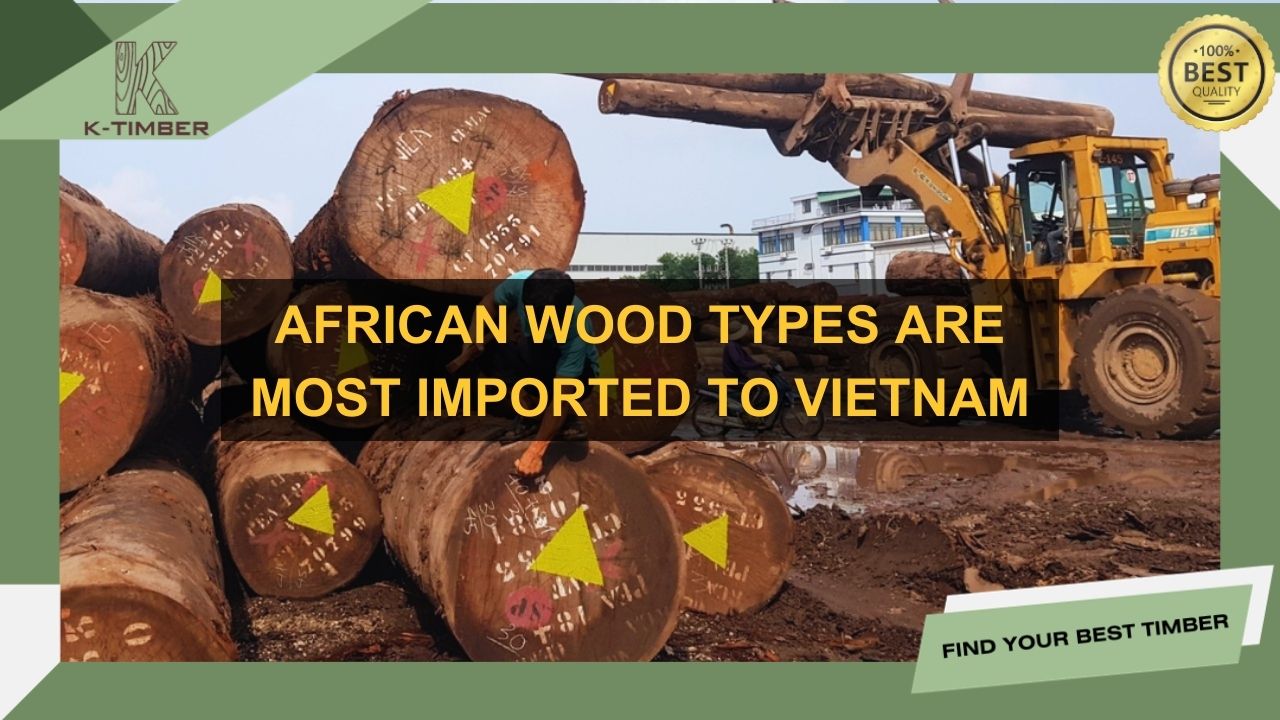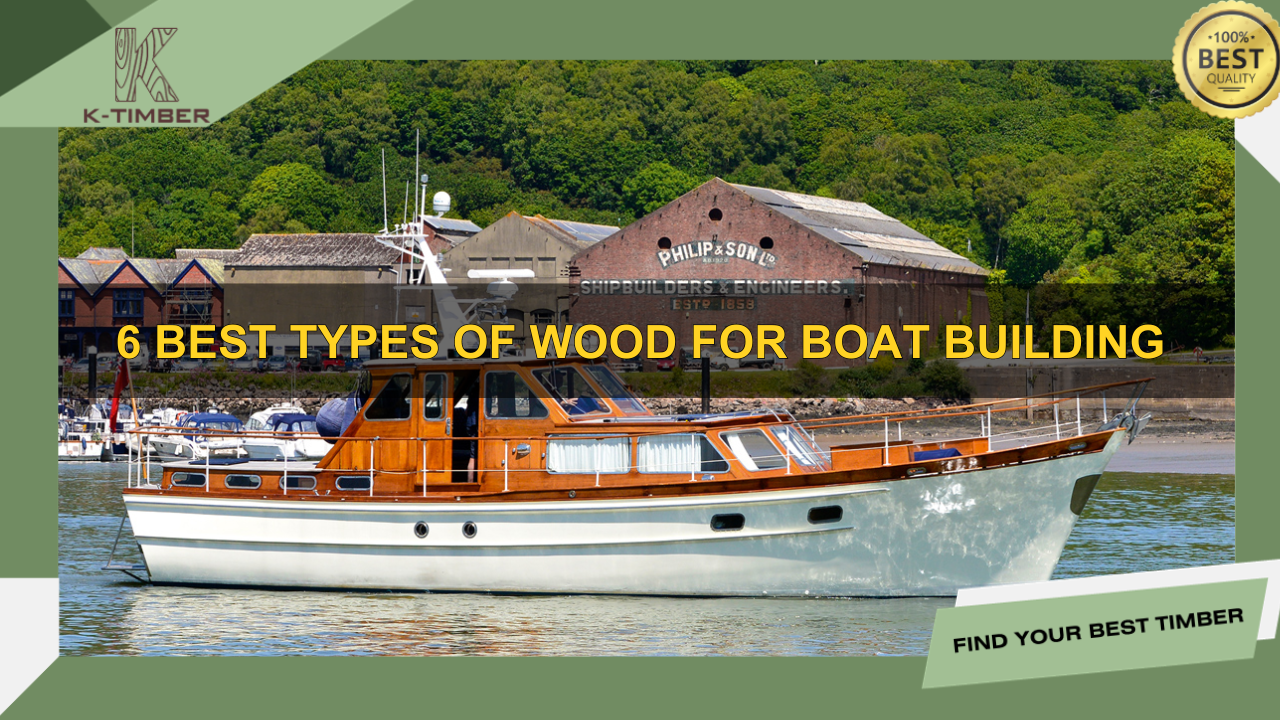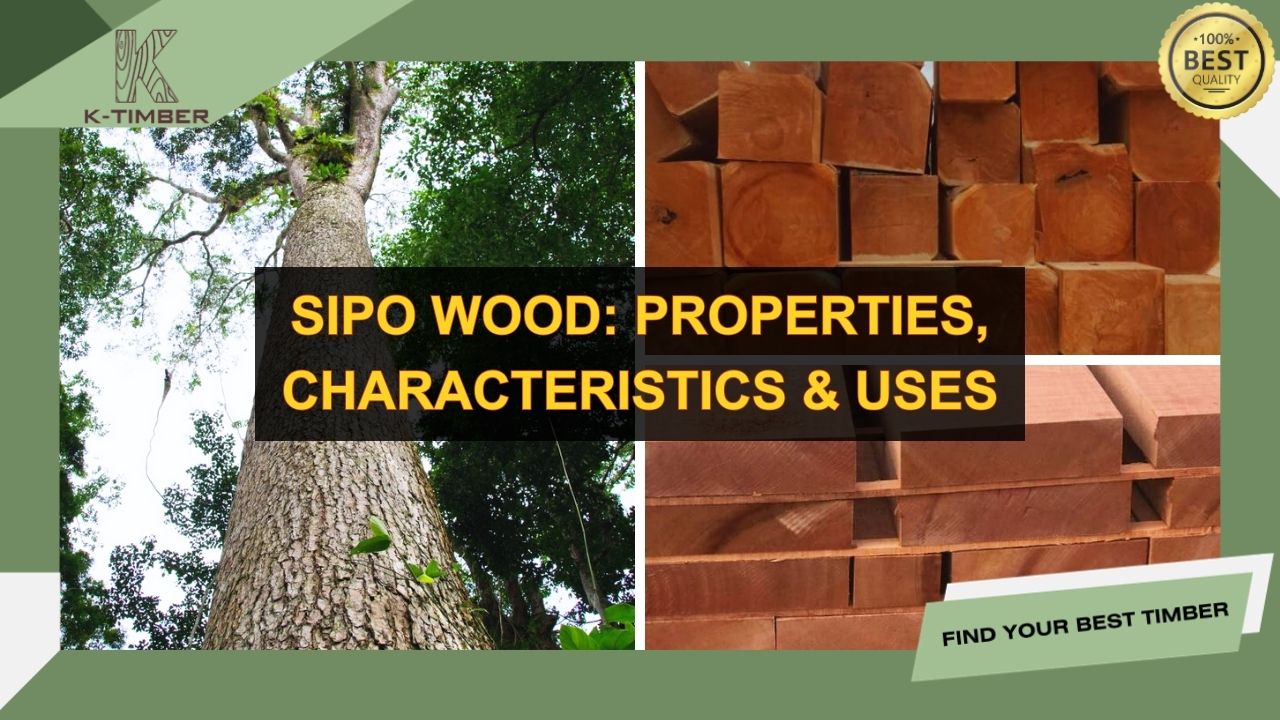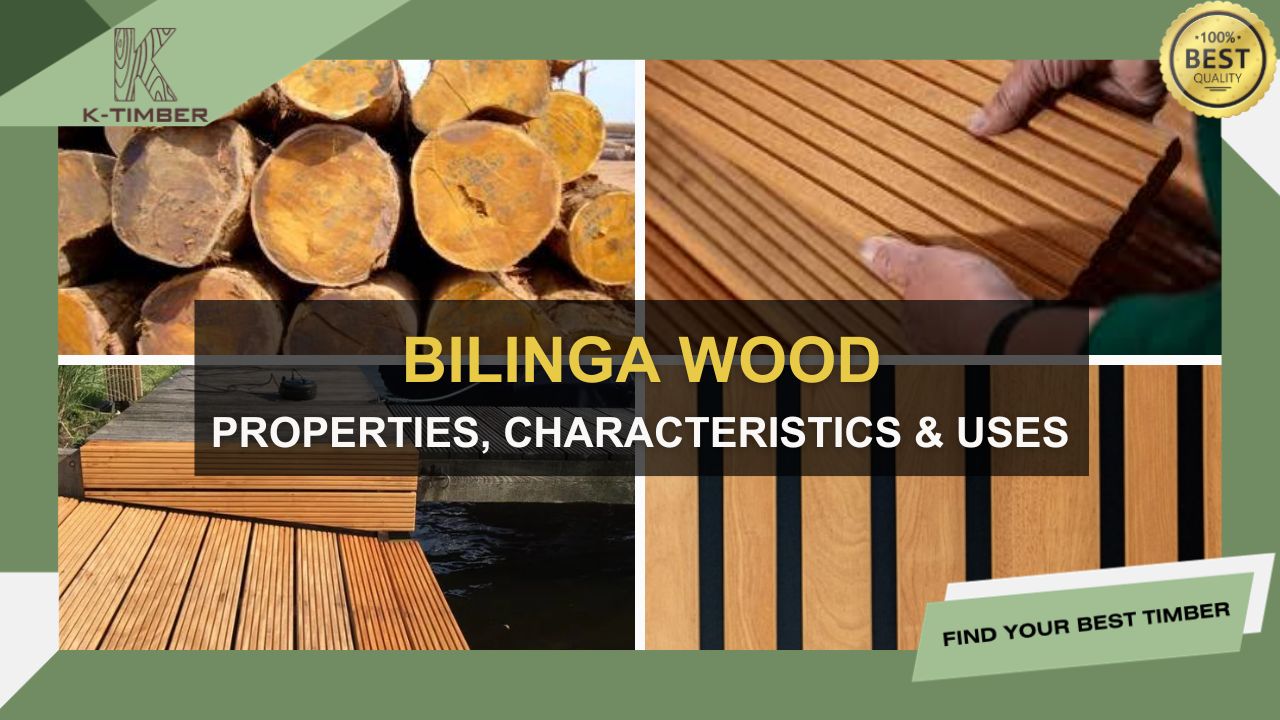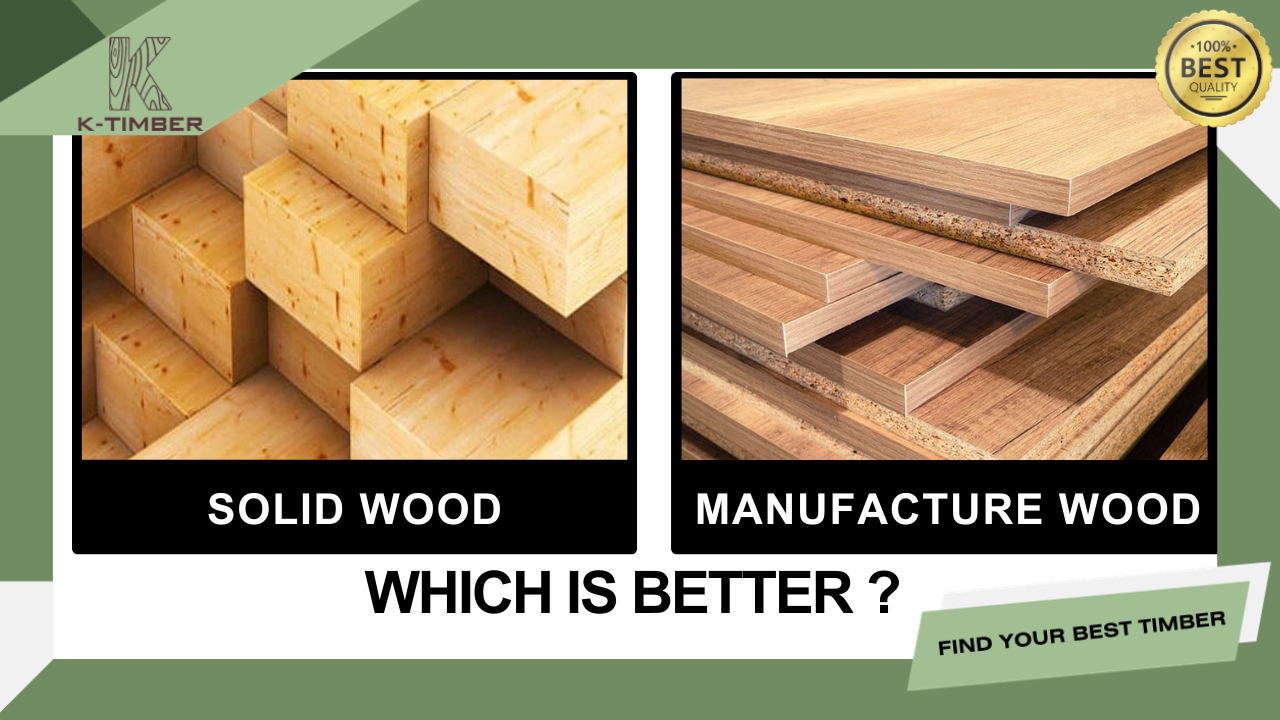Choosing the right type of wood is crucial for your projects! This article will look into the two main options: pressure-treated and untreated wood. We’ll analyze the advantage of each to give you a well-rounded view and do the comparison to help you choose the perfect wood for your needs.
Table of Contents
What is untreated timber?
Untreated wood is wood cut directly from the tree in its most natural state. Once cut from the tree, it is cut into pieces and stacked. This helps circulate air and helps dry the wood. On the other hand, sometimes users want lower humidity so the wood can be kiln-dried. However, this process can take quite a while and often uses air and heat.
Advantage of untreated timber
Cost-effective
Untreated timber is generally cheaper than pressure-treated wood. Since treated wood undergoes a special process to imbue it with preservatives, the additional treatment adds to the cost.
Natural Beauty
Untreated wood retains its natural wood grain and color, making it ideal for projects where you want to showcase the wood’s inherent beauty. This is especially important for furniture, cabinetry, and other decorative elements.
Easier to Work With
Untreated wood is generally easier to cut, sand, glue, and stain compared to treated wood. The chemicals in treated wood can interfere with finishes and make them more difficult to apply evenly.
Safer for People and Pets
Treated wood contains chemicals that can be harmful if inhaled or absorbed through the skin. Untreated wood is a safer option for projects where children or pets will be in frequent contact with the wood, like playgrounds or furniture.
Environmentally Friendly
While some argue that treated wood can last longer, reducing the need to replace it, the chemicals used in the treatment process can be harmful to the environment. Untreated wood is considered a more eco-friendly option, especially if it comes from sustainably managed forests.

What is treated timber?
Treated wood is untreated wood that has gone through a strict treatment process to increase the protection of the wood from insects, termites, mold, etc. Natural wood will be put into a cellar, then There will be a vacuum cleaner that sucks all the air out. Then, a preservative will be pumped into the tank and pressurized. This helps the preservative get into every corner of the wood.
Longevity
The biggest advantage of treated timber is its extended lifespan. The treatment process infuses the wood with preservatives that shield it from rot, decay, and insect damage. This makes it ideal for outdoor applications like decks, fences, posts, and landscaping timbers that are exposed to rain, sun, and moisture.
Reduced Maintenance
Compared to untreated wood, treated timber requires less frequent maintenance. While some sealing might be necessary over time, the built-in protection significantly reduces the need for constant replacements or repairs due to rot or insect damage.
Versatility
Treated wood comes in various grades suitable for different applications, from ground contact to above-ground structures. This versatility makes it a popular choice for a wide range of outdoor projects.
Cost-Effective in the Long Run
While initially more expensive than untreated wood, treated timber’s extended lifespan and reduced maintenance needs often make it more cost-effective in the long run. You won’t need to replace it as frequently, saving you money over time.
Wider Availability
Treated lumber is generally more widely available than some naturally rot-resistant wood options, making it a convenient choice for many projects.

Comparing untreated & treated timber
Appearance
Treating wood can sometimes change its look. The color might lighten or deepen, the natural grain could be masked, and it might even become hard to tell what kind of wood it is originally. On the other hand, leaving wood untreated keeps its natural beauty and makes it easier to shape and stain to your exact preference.
Strength & Durability
The big difference between treated and untreated wood lies in their resilience against the elements. Treated wood gets an outer surrounding layer, making it weatherproof, insect-proof, and able to handle moisture better. This translates to a longer lifespan, especially for outdoor projects. Untreated wood, while beautiful and versatile, is more susceptible to rot, decay, and insect damage, especially outdoors. So, choosing between them comes down to prioritizing durability for outdoor use or valuing the natural look and ease of working with untreated wood for indoor projects.
Applications
Treated wood’s toughness makes it the go-to choice for outdoor living. Think decks, fences, patios, pergolas – anything that endures the elements. Its water resistance even extends to boatbuilding! But remember, safety first – wear gloves and masks when handling it.
Untreated wood shines indoors, with its ease of working and finishing. Furniture, cabinets, trim, and some flooring benefit from its natural beauty. However, some untreated wood boasts exceptional natural strength and water resistance, making them suitable for select outdoor projects.
Environmental Impact
While treated wood excels outdoors, its chemical treatment can pose a threat to the surrounding soil and water if in direct contact. These chemicals can slowly leak out, harming the environment. To minimize this risk, proper handling and disposal of treated wood is crucial.
Untreated wood, on the other hand, is generally considered eco-friendly. When sourced sustainably, it’s a naturally biodegradable and recyclable material. Unlike treated wood, it decomposes without harming the environment.

So, after this article, we have a multi-dimensional view of untreated wood and treated wood. If your wood products require high resistance to insects, termites, rot, etc., even fire, prioritize choosing treated wood. On the other hand, if you use wood for indoor products or you value natural wood color, don’t hesitate to use untreated wood.
If you are looking for a reliable and competitively priced source of Iroko and other African woods, contact K-TIMBER today.
- VIETNAM (K-TIMBER): 169 Nguyen Ngoc Vu street, Cau Giay District, Hanoi.
- ANGOLA (HATC WOOD AFRICAN): Av. Pedro de Castro Van-Dúnem Loy, Luanda, Angola.
- Phone: (+84) 85 555 5304
- Email: [email protected]




